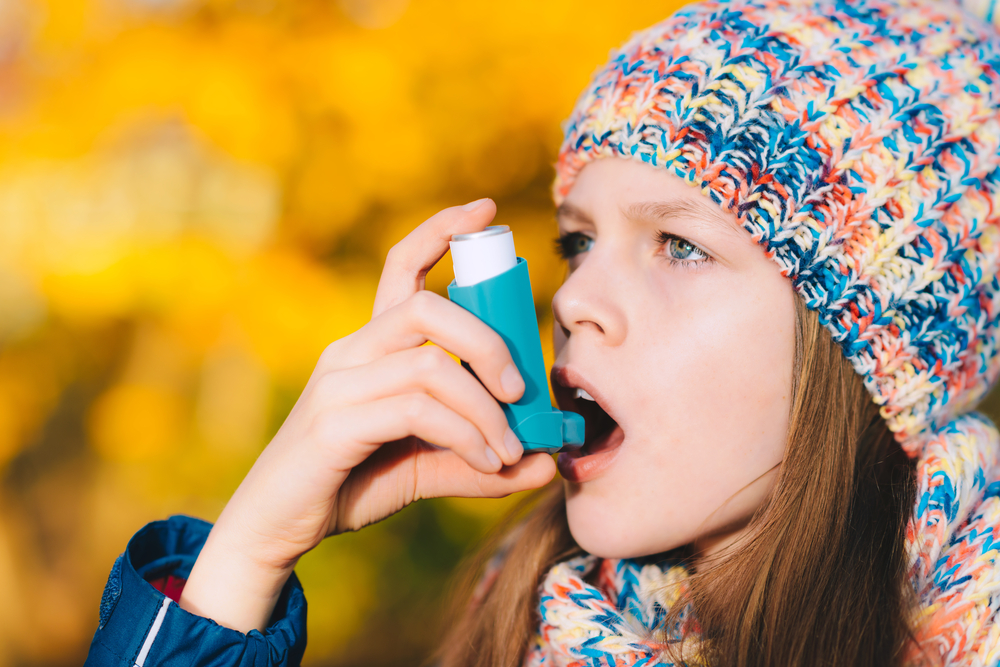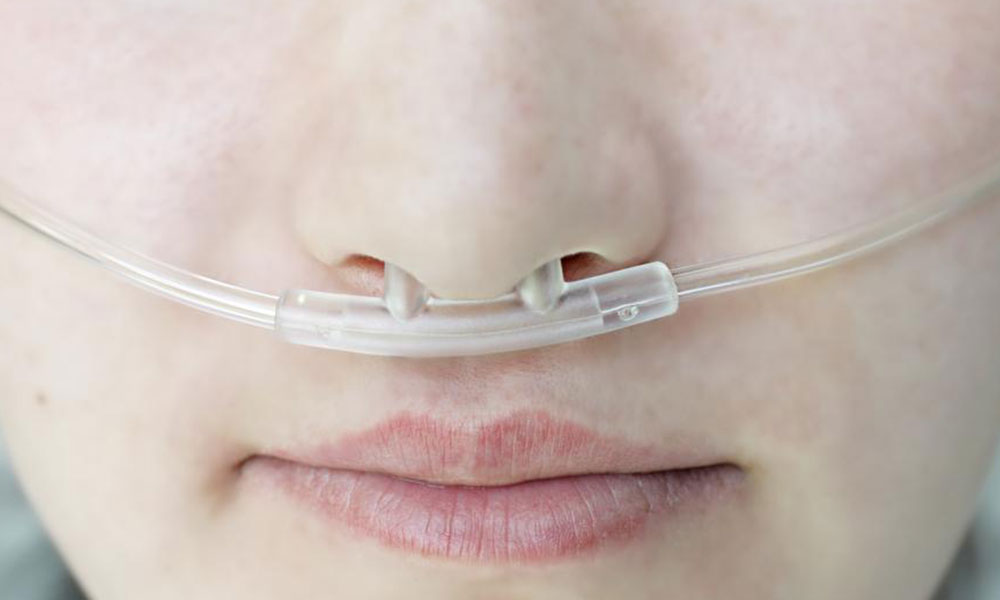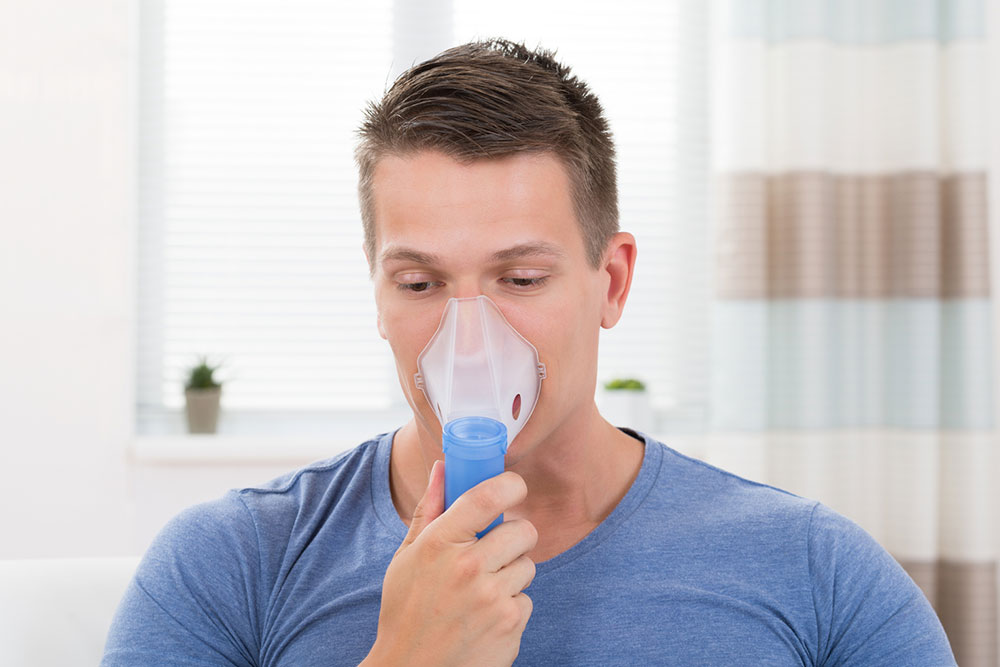Comprehensive Guide to COPD: Recognizing Symptoms and Effective Management Techniques
COPD is a complex lung disease affecting breathing by narrowing airways and damaging alveoli. Recognizing early symptoms like cough, wheezing, and shortness of breath is vital for effective management. Treatment involves medications, lifestyle changes, and oxygen therapy to improve quality of life and prevent severe complications. This comprehensive guide covers COPD symptoms, causes, and advanced management strategies, emphasizing the importance of early diagnosis and ongoing care for better health outcomes.

Comprehensive Guide to COPD: Recognizing Symptoms and Effective Management Techniques
Chronic Obstructive Pulmonary Disease, commonly known as COPD, represents a group of progressive lung diseases that significantly impair breathing by narrowing the airways. This category includes conditions such as chronic bronchitis, emphysema, asthma, and cystic fibrosis, all of which contribute to the overall burden of COPD. These conditions share common pathological features like airway inflammation, mucus overproduction, and decreased lung elasticity, but they also have distinct characteristics and treatment approaches. Understanding the underlying causes, symptoms, and management strategies of COPD is crucial for early diagnosis and improved quality of life for affected individuals.
Chronic inflammation of the airways from long-term exposure to irritants such as tobacco smoke, air pollution, or occupational dusts, combined with genetic susceptibility, leads to airway narrowing and mucus hypersecretion. Over time, this inflammation damages the delicate alveoli—tiny air sacs responsible for oxygen exchange—causing them to lose their elasticity. As alveoli break down, the surface area for gas exchange diminishes, resulting in less oxygen reaching the bloodstream and an accumulation of carbon dioxide. This progression can severely impair respiratory efficiency and overall health.
In the early stages of COPD, symptoms might be mild and often overlooked. Treatment at this point mainly focuses on avoiding exposure to risk factors—such as quitting smoking and avoiding pollutants—and controlling airway inflammation and constriction through medications. Common medications include corticosteroids, which reduce inflammation, and bronchodilators that open the airways. These are often administered via inhalers or nasal sprays, providing targeted relief. Identifying symptoms early is vital for preventing disease progression and improving outcomes.
Symptoms of COPD often resemble those of asthma or chronic bronchitis, including persistent coughing, shortness of breath, and wheezing. Patients may experience a tight feeling in the chest and find it difficult to breathe deeply. Mucus production tends to increase, leading to frequent coughing to clear sputum. Morning mucus clearing becomes a routine for many sufferers.
As COPD advances, the capacity of the lungs to transfer oxygen diminishes further. This leads to hypoxemia—a condition characterized by low blood oxygen levels—which may initially be noticeable during physical activities. Over time, oxygen deficiency can cause symptoms even during rest, resulting in fatigue, confusion, and cyanosis (a bluish tint to lips and fingers). Sleep disturbances become common when oxygen levels drop, and some individuals may require supplemental oxygen therapy or mechanical support to maintain adequate oxygenation.
Additional signs of worsening COPD include bluish lips or fingertips, recurring respiratory infections, swelling in the ankles or legs (edema), and overall fatigue. These symptoms are indicators of respiratory or cardiovascular complications that need prompt medical attention.
If left untreated, COPD can lead to serious complications such as pulmonary hypertension—elevated blood pressure within the lungs’ arteries—and right-sided heart failure. Moreover, the chronic inflammation and cellular damage increase the risk of developing lung cancer. Managing COPD often requires a comprehensive approach, including inhaler therapy, medications, lifestyle modifications, and supplemental oxygen. In severe cases, hospitalization becomes necessary to stabilize the patient and manage exacerbations effectively.
Preventative strategies such as vaccination against influenza and pneumonia, pulmonary rehabilitation programs, and regular medical checkups play essential roles in managing COPD. Advances in medical technology, including improved inhalers and oxygen delivery systems, have significantly enhanced patient quality of life. Patient education about avoiding triggers and adhering to prescribed treatments is key to slowing disease progression and reducing hospitalizations.





